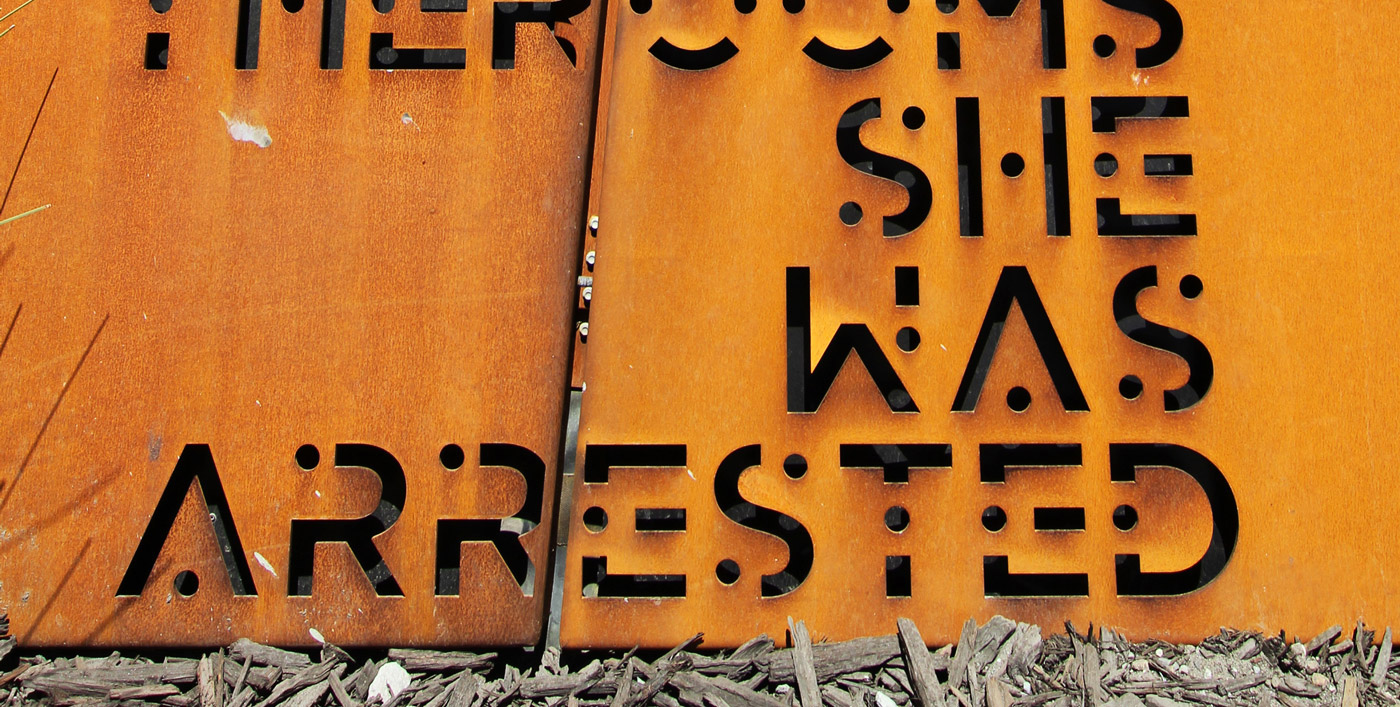By definition public art is the most accessible form of art. It commonly evokes a diverse range of opinions as well as passionate debate. Western Australia has invested over $46M on public art through its State Government Percent for Art (PfA) scheme since it was established in 19891 however outcomes are often underwhelming, contributing little to our built environment. If this level of funding was allocated to most other sectors they would likely have a much stronger policy framework and process supporting it.
Many people think they’ve never commissioned a work of art. They may not have considered that almost all property groups within their superannuation portfolio have invested significant funds on public art through mandatory PfA schemes. If you own an apartment you’ve commissioned public art through its purchase price. A percentage of your local council rates are also likely spent on public art. Owned collectively, public art is a civic responsibility. Everyone has an interest in supporting artists to achieve quality outcomes that engage, intrigue, inspire and meaningfully contribute to our built environment and public realm.
Commercial signage is now a visually dominant element of our built environment. Our public spaces are also subject to significant commercial pressures. The recent reactions to Sir Norman Fosters Apple Store proposal for Federation Square and use of the Sydney Opera House as a giant billboard for horse racing advertising illustrate this. Closer to home the public debate concerning selling commercial naming rights to Perth Arena and Perth Stadium reflect this. In many different disguises commercial advertising, marketing and branding have progressively infiltrated public art.
Murals funded through PfA schemes increasingly incorporate logos, brand colours and subjects aligned with the name or purpose of a commercial business. Responsiveness to context is encouraged in all public art policies. There is a difference between reflecting one's context and promoting individual commercial interests. Building owner or developer input is encouraged however if these stakeholders are given too much control of a works artistic direction they often see the potential to use it as a form of advertising, marketing or branding to promote their own commercial interests. Some artists are hesitant to accept sponsorship or funding for work in the public realm due to the conditions placed on their work by private companies.
Murals overtly incorporating commercial signage or depicting famous sports people for large sporting events. Sculptural public art replicating housing estate logos. Laser cut screening using business branding. These are common examples where artists have been given little or no freedom to research, explore, interpret and present original ideas. This is advertising, marketing and branding presented as public art, using arts funding. Briefs nominating subject matter neglect public art’s civic responsibility to explore and present original ideas relevant to the collective rather than the individual.
Many local councils are also using public art as a form of local area marketing. Arts strategies produced by capital cities often align themselves with experimentation, exploration and innovation however many smaller councils align their arts focus on strengthening their local sense of ‘place’. Due to limited resourcing local council art departments are often amalgamated or closely aligned with events, activation, community engagement and marketing departments. This encourages use of the arts as a form of marketing often producing watered down, literal, generic or predictable outcomes. Councils are effectively telling artists to portray what they already know is great about their local area rather than asking artists to research, explore and interpret. Public art should be embraced as a channel to present original ideas, alternate perspectives and explore social as well as cultural issues.
The public art recently commissioned for Yagan Square by the MRA is a good outcome. ‘Wirin’ a nine meter high sculpture of Yagan the Whadjuk Noongar warrior by Tjyllyungo - Lance Chadd fabricated in collaboration with Big Spoon Art Service guards the entrance to the square. ‘Waterline’ a complex landscape sculpture by Jon Tarry in collaboration with ASPECT meanders through and unites the entire space. ‘Passenger’ by Paul Cater integrates stories of indigenous culture into the built form facade. Amongst a number of other works they collectively display a range of contemporary public art forms, different options for siting and integration into built form. Some are subtle, however all meaningfully communicate fragments of our local history, people and culture. These works challenge us to consider our past, present and future as well as public art‘s wider role in the public realm.
The infiltration of advertising, branding and marketing undermines public art’s integrity. At present, public art too often offers superficial, one dimensional representations of Western Australia’s history, people, landscape and culture. Many high quality artists aren’t interested in public art. Establishing, maintaining and cultivating relationships with leading contemporary artists should be a strong priority for state and local governments wanting to generate a truly unique sense of ‘place’. Does art intended for the general public need to be watered down to be appreciated? Can art with a level of artistic integrity only exist within the protective walls of a gallery? Should we accept public art's context inherently exposes it to negative commercial forces? These are some of the questions we need to ask for public art in Western Australia to move forward.
October 2018
Image - Paul Carter’s ‘Passenger’ public art at Yagan Square in Perth
- Figures sourced from the Government of Western Australia Department of Local Government, Sport and Cultural Industries website. This doesn’t include public art commissioned privately or through local government PfA schemes.






